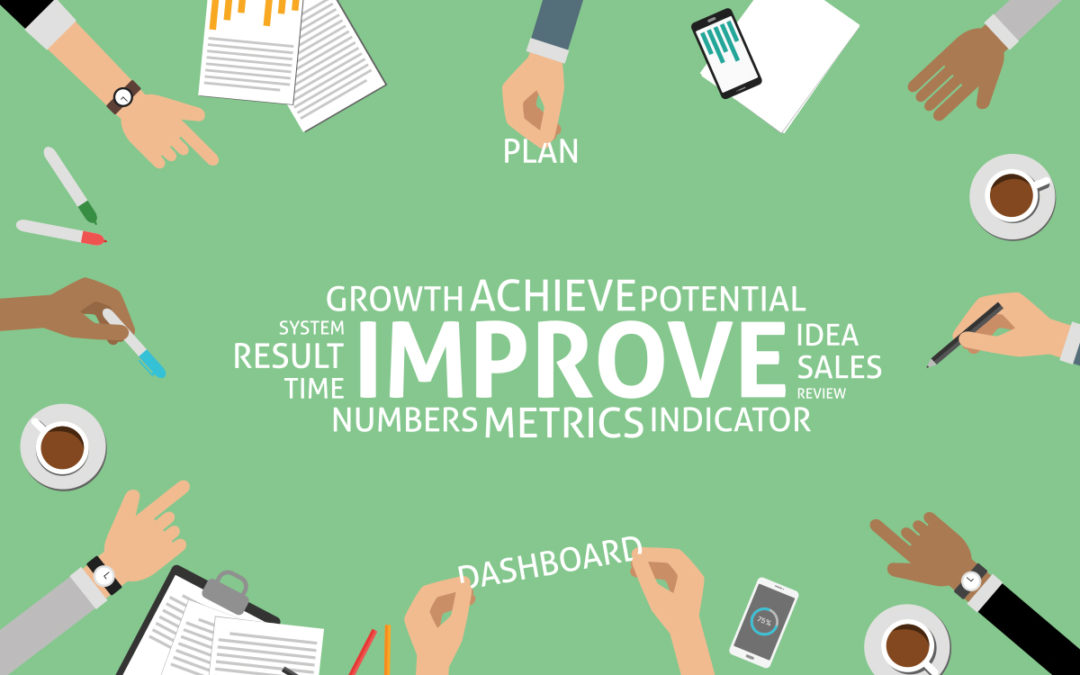Are you getting your product marketing right? In my experience many product marketing teams spend too much time extolling the virtues of their products and market position, without giving sufficient thought to what the buyer actually wants.
In this post I share the work we’ve been doing at BuyerDeck analysing buyer engagement with product marketing collateral. Hopefully this will provide you with some useful insights so that you can get better ROI from your product marketing.
By the way if you’re interested in aligning your sales process with your buyer, we’ve created a Buyer-Centric Sales Cheat Sheet that you can download here.
Product Marketing Goals
Product marketing is tasked with the strategic function of understanding the market and market needs but… with an emphasis on understanding the buyer of your company’s goods and services. Product marketing is therefore responsible for developing positioning, messaging, competitive differentiation, and enabling sales and marketing teams to ensure they are aligned and work efficiently to generate and close opportunities.
A huge part of this job comes down to the marketing collateral created. Sales enablement tools allow marketing to share this valuable content with your sales team in order to close more deals, but if the content isn’t right
For this strategic function to be successful, product marketing has to do the following three things well:
- Understand the buyer need,
- Create clear messaging,
- Deliver great content for sales and marketing to use.
From our research at BuyerDeck, we have learnt that product marketing teams can quickly get wrapped up in their products, the competition, and communicating their value propositions. The problem is that the engagement that the buyer, customer, or prospect has with their assets is often ignored and not analysed in a way that can produce useful insights to measure the ROI for this business unit.
Since launching BuyerDeck, we have seen enterprises share thousands of pieces of product marketing content to 14K prospects and analysed the engagement of these buyers with the assets created by product marketing.
We looked at the data we were collecting including top performing contents, customer behaviour, closed deals, proposal engagement, etc. with the intention of connecting the work done by product marketing to the revenue being generated.
Although this work is still underway, here are some interesting insights:
- Enterprise salespeople spend most of their time following up on 15–30 opportunities a month, done by phone, email messages, and content sharing. When we analysed how the reps were using BuyerDeck to share relevant messages and content with prospects and buyers, we discovered 27% of these prospects had zero engagement with the content created by product marketing and shared by sales. These prospects spent less than a second on the collateral, yet sales people were wasting nearly 30% of their time following up with these buyers before they had the analytics.
- We analysed all the content that was shared with buyers and discovered the most engaging content was the proposal that was the most tailored to their needs. On average buyers spent 11 minutes reading sales proposals and other pricing information. This got 110% + more engagement than any other content shared.
- Outside of proposals and pricing collateral, all content created by product marketing teams had an average of 1.5 minutes reading time while the top marketing collateral achieved 3 minutes in total customer engagement.
- The question we get asked from Product Marketing most is “which piece of content are our reps using the most?” It was no surprise to most of our customers that the top marketing content used by salespeople was the company or product overview, often titled ‘summary’ or ‘overview’, and it is usually the shortest.
- It seems sales and product marketing should focus more on shorter pieces of content. Marketing and sales collateral titled ‘overview’ achieved 90% views from buyers compared to 70% views for all other content.
- What is unique about the most engaging marketing content? The content that buyers and prospects spent the most amount of time reading always had a technical focus. The average time spent by customers reading technical content was 5 minutes.
- All of this data is interesting but ultimately what all stakeholders care most about is deals, sales, revenue, and the return on investment for the content created by product marketing. We were missing key data including total cost of product marketing to address the traditional model for return on investment. However, analysing all data available has led us to believe this might be the wrong question. More important than the traditional return on investment analysis is looking at how your content drives sales.
What we need to think about is the level of buyer engagement generated by the content created by product marketing teams including:
- How much time do prospects spend reading the content?
- Which stakeholder has to read your content for the deal to close?
- What content is the most engaging for a deal to close?
- How many prospect stakeholders need to engage with the content?
After analysing all of this, we discovered the single biggest correlation to won deals was total time spent by prospects reviewing all shared content. We found for most businesses, 90% of sales where customers spent 21 minutes or more reading the content resulted in a closed won deal.
So how do sales enablement tools fit in? I believe these only work effectively when users understand how to analyse the metrics delivered. For example, by measuring buyer engagement with product marketing assets and using this information to provide buyers with exactly what they want.
A version of this post previously appeared on the Adaptive Business Service’s blog: a sales training and consultancy in the US.

